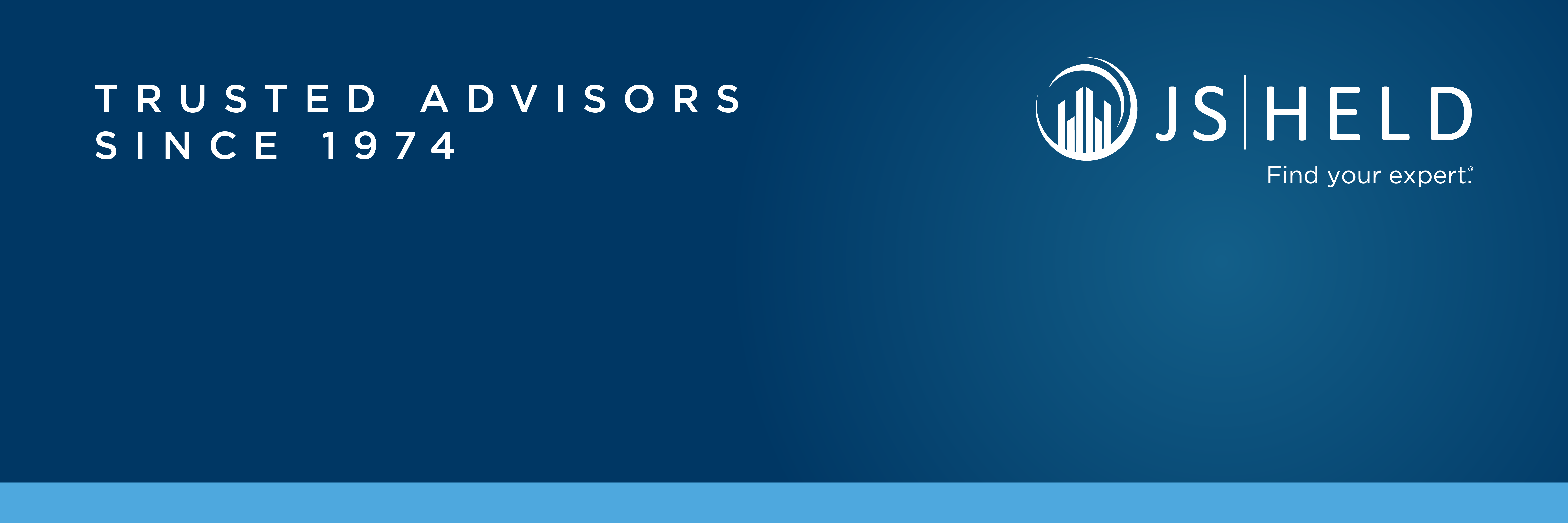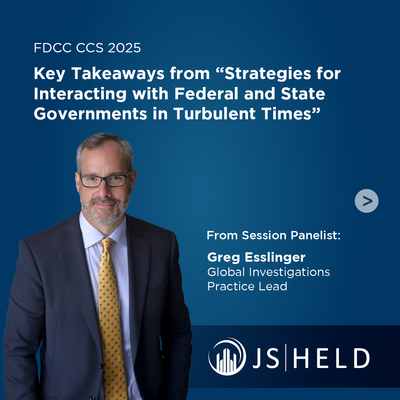In the 2025 J.S. Held Global Risk Report, scientific, technical, financial, and risk management experts explore the implementation of new and existing Environmental, Social & Governance (ESG) regulations across different regions along with significant compliance challenges for organizations operating on a global scale. As sustainability continues to be a critical issue worldwide, businesses are facing an increasingly complex regulatory landscape. While some jurisdictions are advancing sustainability frameworks, others, most notably the United States, are likely to see new environmental and energy policies which disfavor sustainability advancements as reflected by recent executive orders following the change in administrations.
The European Union’s Corporate Sustainability Due Diligence Directive (CS3D), adopted in 2024, is a landmark regulation requiring both EU and non-EU companies to conduct due diligence to identify and prevent adverse environmental and human rights impacts throughout their operations and supply chains. J.S. Held environmental risk and compliance expert John Peiserich, Esq., observes, “Compliance with CS3D poses significant challenges for multinational corporations, especially those selling into the EU market, as they navigate conflicting regulatory requirements across jurisdictions.”
In the United States, ESG-related policies have become a polarizing issue. Some states have mandated ESG criteria—such as climate risk assessments—for state-related investment decisions, while others have actively opposed such measures. Kim Logue Ortega, Associate Vice President at J.S. Held, adds, “Despite these contrasting approaches, businesses must continue addressing sustainability concerns, as environmental considerations are increasingly tied to permitting and regulatory approvals.”
Following the June, 2024 United States Supreme Court ruling in Loper Bright, a team of environmental risk experts at the Verdantix Green Quadrant recognized consultancy J.S. Held, examined in Crosscurrents: Companies Face Regulatory Uncertainties in Wake of SCOTUS Decisions, how the Supreme Court further complicated the regulatory environment by undermining agency authority to define compliance standards. This ruling is expected to lead to increased legal challenges to environmental and sustainability-related regulations, adding further uncertainty for businesses seeking to comply with evolving standards.
With the second Trump administration expected to roll back key environmental justice directives and sustainability-related incentives introduced under the previous Administration, businesses must remain vigilant in monitoring regulatory developments. Strategic planning and proactive risk management will be crucial for navigating the evolving ESG landscape and maintaining compliance across multiple jurisdictions.
J.S. Held experts present insights into how organizations can align with evolving frameworks while driving innovation and managing risk, as they explore:
1. EU Corporate Sustainability Due Diligence Directive, where non-compliance could lead to fines and civil liability, necessitating companies to rigorously assess environmental and human right impacts.
2. Regulatory Fragmentation and Greenwashing / Greenhushing, summoning businesses to avoid exaggerated or underreported sustainability claims to mitigate the rising threat of litigation and regulatory scrutiny.
3. Shareholder Activism and Litigation, as investors demand greater transparency on sustainability goals, which may present legal consequences for failing to meet expectations.
One week into the new Administration in the United States, the anticipated rollback of environmental justice directives and sustainability-related incentives introduced under the previous Administration have begun to take shape in the form of various Executive Actions and other directives. J.S. Held experts are actively monitoring regulatory developments, providing strategic guidance to multinational clients as they navigate the evolving ESG landscape and compliance requirements across multiple jurisdictions.
Sustainability is just one of the five key areas analyzed in the J.S. Held 2025 Global Risk Report. Other topics include global supply chain challenges, the rise of crypto and digital assets, AI and data regulations, and managing cyber risk.
If you have any questions or would like to further discuss the risks and opportunities outlined in the report, please email GlobalRiskReport@jsheld.com.
For any other media inquiries - simply contact :
Kristi L. Stathis, J.S. Held
+1 786 833 4864
Kristi.Stathis@JSHeld.com





